Through newspaper and journal articles accessed via Ethnic NewsWatch, this blog post by our Climate Crisis Intern explores the relationship between climate change, environmental damage, and race. “Global climate change is experienced very differently across race, gender, class and nationality.” So begins a 2012 article from Race, Gender & Class, a journal available on Ethnic […]
Category: 21st-century items
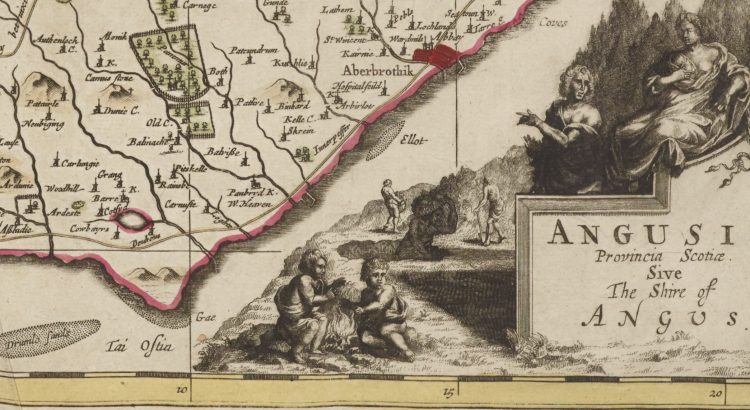
Zoom Into Angus
The Modern-day council area of Angus traces its name to an eighth century Pictish king, Óengus son of Fergus (ruled 732-761). Óengus (Angus) hailed from Circinn, one of the four principal Pictish kingdoms roughly coextensive with the modern county of Angus. The signing of the Declaration of Arbroath at Arbroath Abbey in 1320 marked Scotland’s establishment as an independent nation, and so Angus has become known as the birthplace of […]
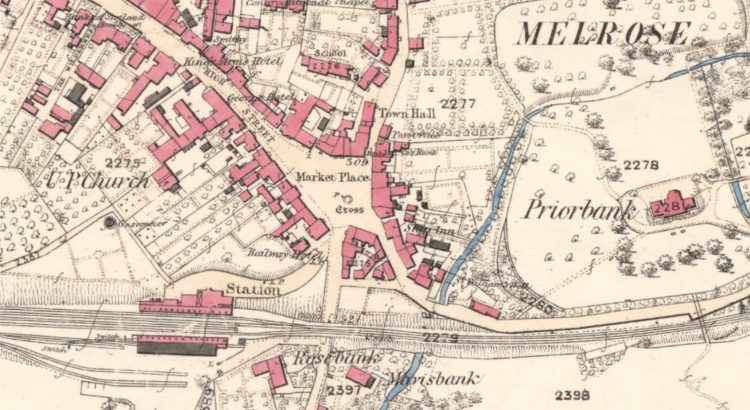
Zoom into the Scottish Borders
Collated by Charlotte James Robertson. The Scottish Borders, which are sometimes simply called The Borders, stretch from the Pentland Hills, which mark their boundary with the Lothians, to the River Tweed at the border with England. As an area of exceptional beauty the Scottish Borders have inspired writers like Sir Walter Scott and John Buchan. They are also home to several […]

Zoom into Moray
Collated by Moray Teale. Moray is situated in the north-east of Scotland and borders the Aberdeenshire and Highland council areas. Until 1996 Moray was also part of the Grampian Region. Moray has a varied landscape from the Moray Firth and largely flat coastline, to the hilly interior and several lochs. The River Spey runs through much of the area, which is famous for its whiskies and contains more […]

Reading list: In reflection of Black History Month
In reflection of US Black History Month, the cohort of interns here at the National Library of Scotland have curated a reading list of titles from the Library’s ever-expanding print and digital collections relating to Black history. Our internships are as follows: Access and Outreach Equalities, Diversity and Inclusion Climate Crisis Gaelic Translation Rights and Personalisation Creating Media Content This small selection of material comes from a larger pool of […]
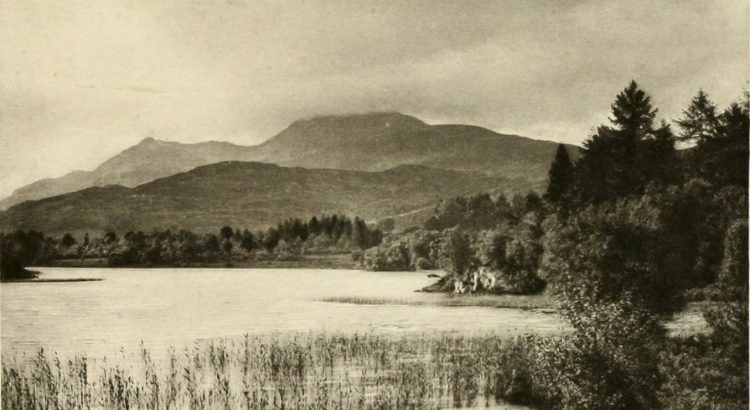
Zoom into Stirling
Collated by Jamie McIntosh. The Stirling authority area is at the heart of Scotland and spans the traditional boundary between the lowlands and highlands. To the west of the region sit the Campsie Fells and the Fintry Hills, which eventually give way to Loch Lomond. The boundary of the authority runs up the east side of the loch, taking in the Trossachs and Ben Lomond. The northern area of the authority is generally […]

Zoom into West Dunbartonshire
Collated by: Veronica Bell. Situated between Glasgow to the west and Loch Lomond to the north, West Dunbartonshire is a county centred around three main towns: Dumbarton, Clydebank, and the Vale of Leven district. It is historically significant – the town of Dumbarton was the capital of the ancient kingdom of Strathclyde, and its famous […]
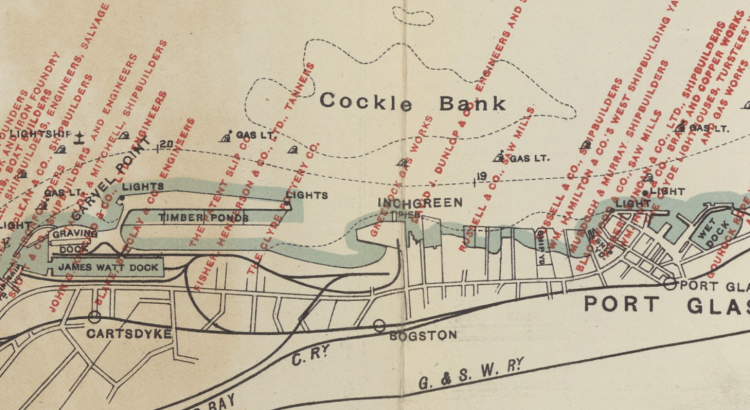
Zoom into Inverclyde
Part of the historic county of Renfrewshire, Inverclyde is situated in the crook of the upper Firth of Clyde as it bends east toward Glasgow. Its largest towns, Greenock and Port Glasgow, were historic centres of shipbuilding. From the eighteenth century they were key ports for the British trade in goods from overseas, including commodities, […]
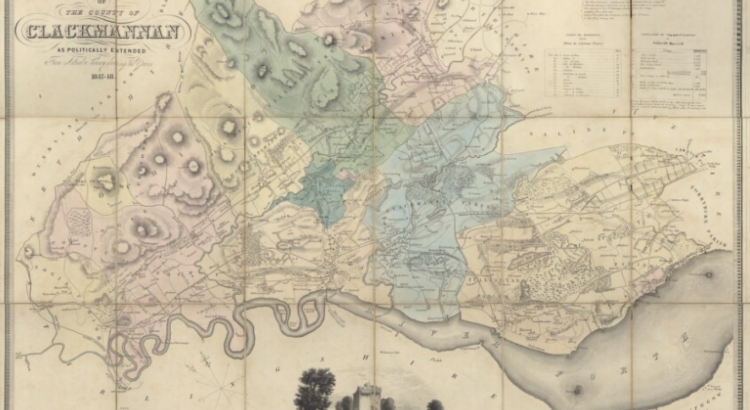
Zoom into Clackmannanshire
Collated by Charlotte James Robertson. This time in our ‘Zoom into…’ series the spotlight is on Clackmannanshire. Affectionately known as ‘The Wee County’ it is mainland Scotland’s smallest council area by population. Clackmannanshire borders the council areas of Stirling, Fife, and Perth & Kinross. The town of Clackmannan was the county town up until 1822 when Alloa became the main administrative centre. […]
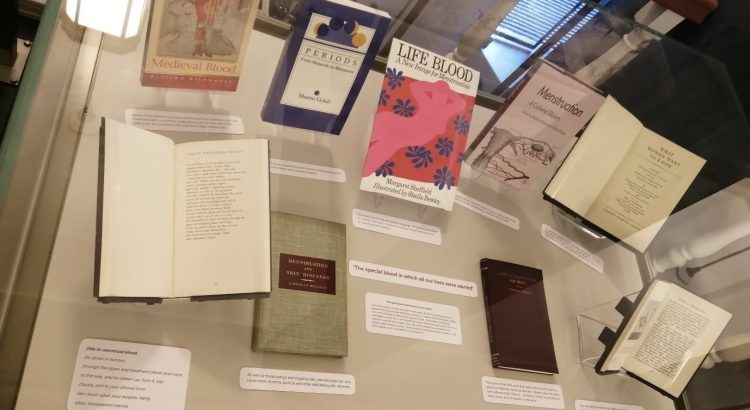
21st Century Periods
In early 2020, following the Government’s Period Poverty Bill and the subsequent Let’s Call Periods, Periods campaign, we committed to supplying free sanitary products in our buildings. By happy coincidence, General Collections curators Dora Petherbridge and Jan Usher had been working with Professor Bettina Bildhauer and Dr Camilla Mørk Røstvik of St Andrews University, who […]
